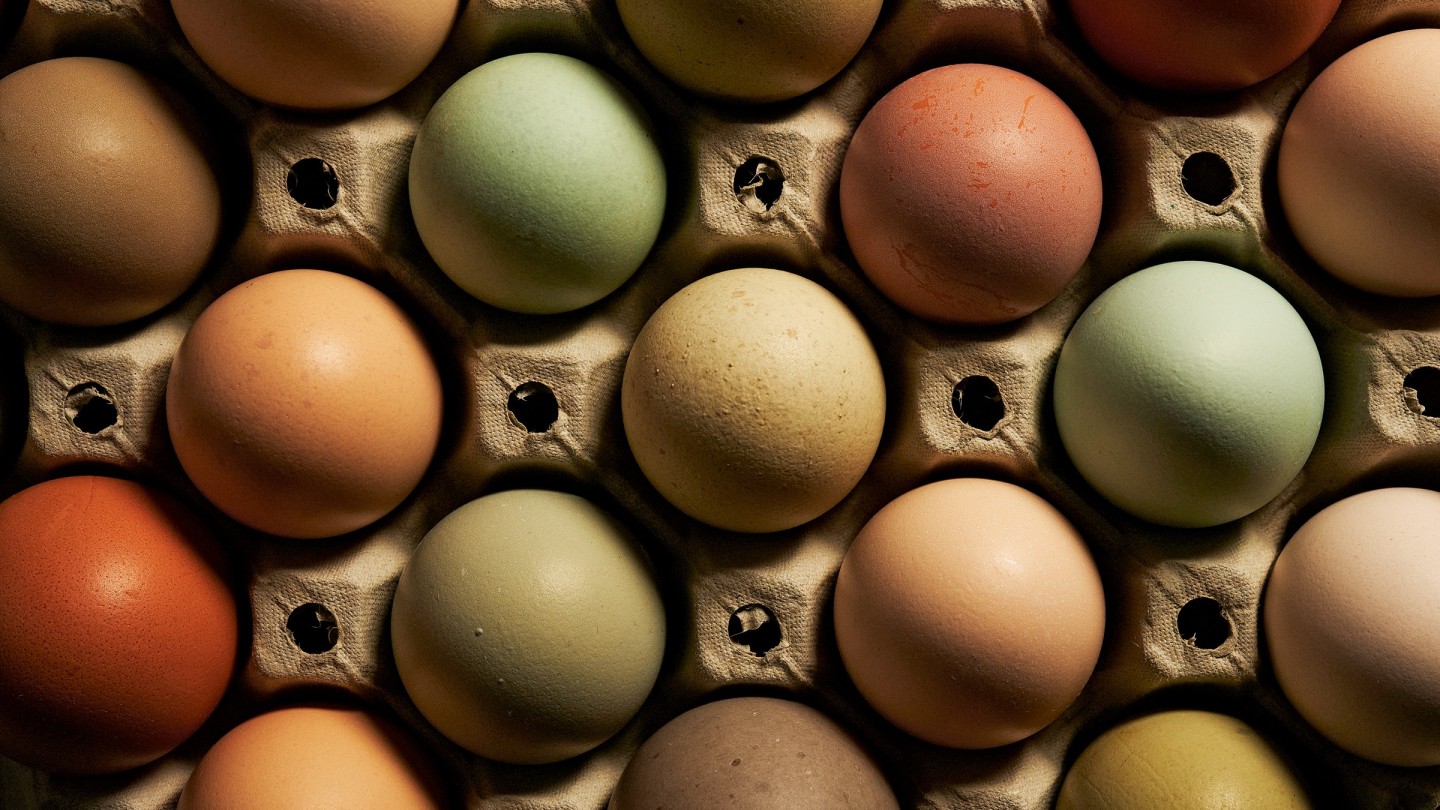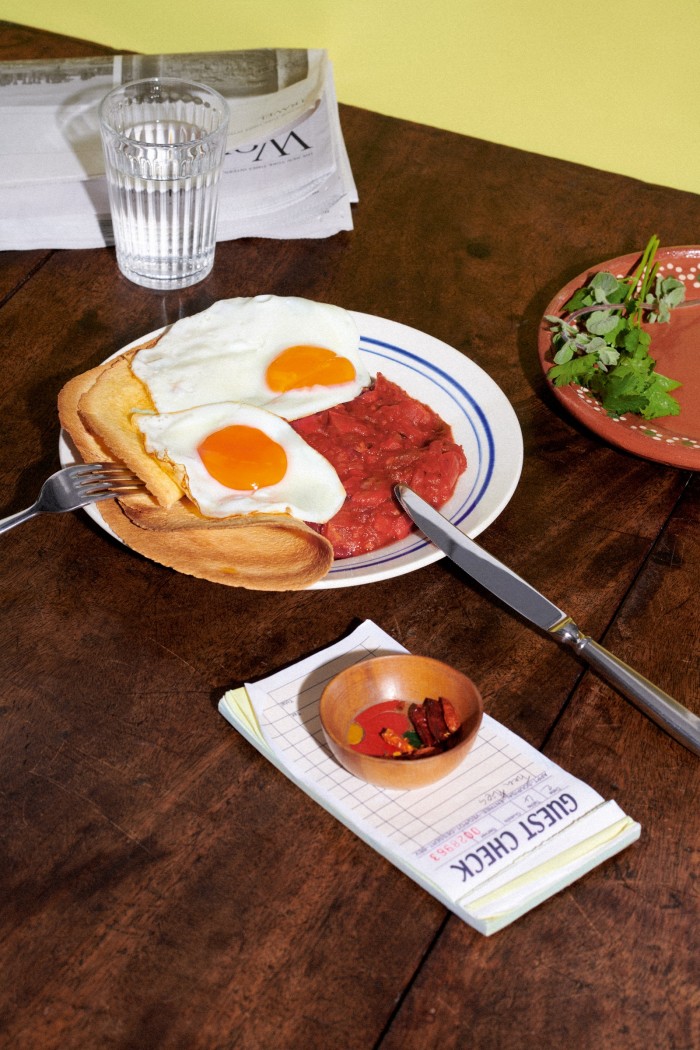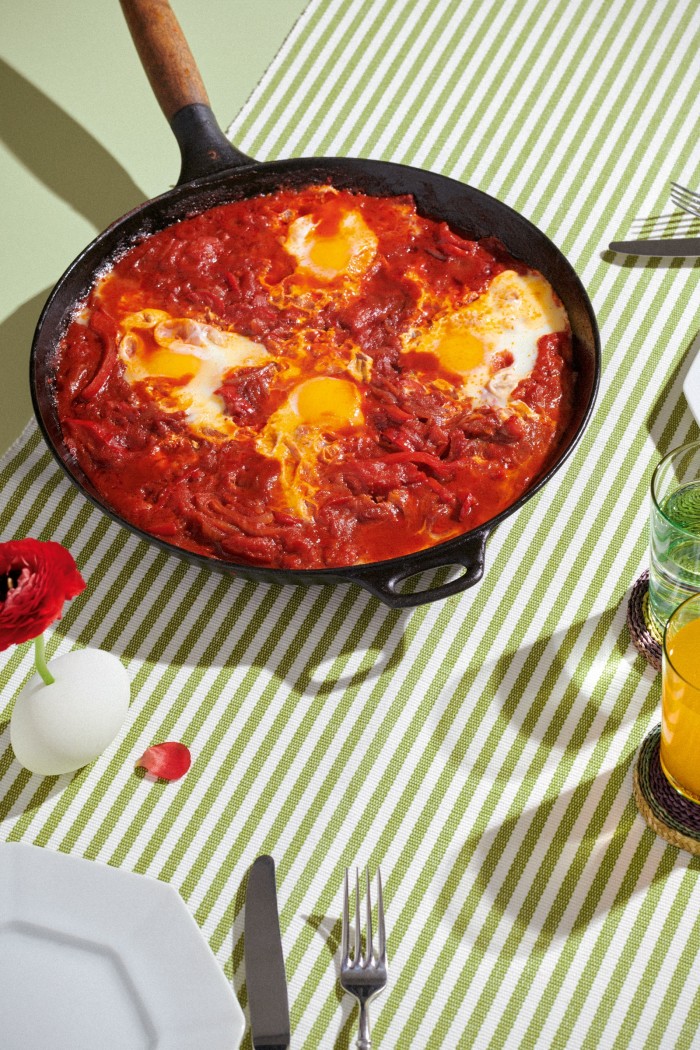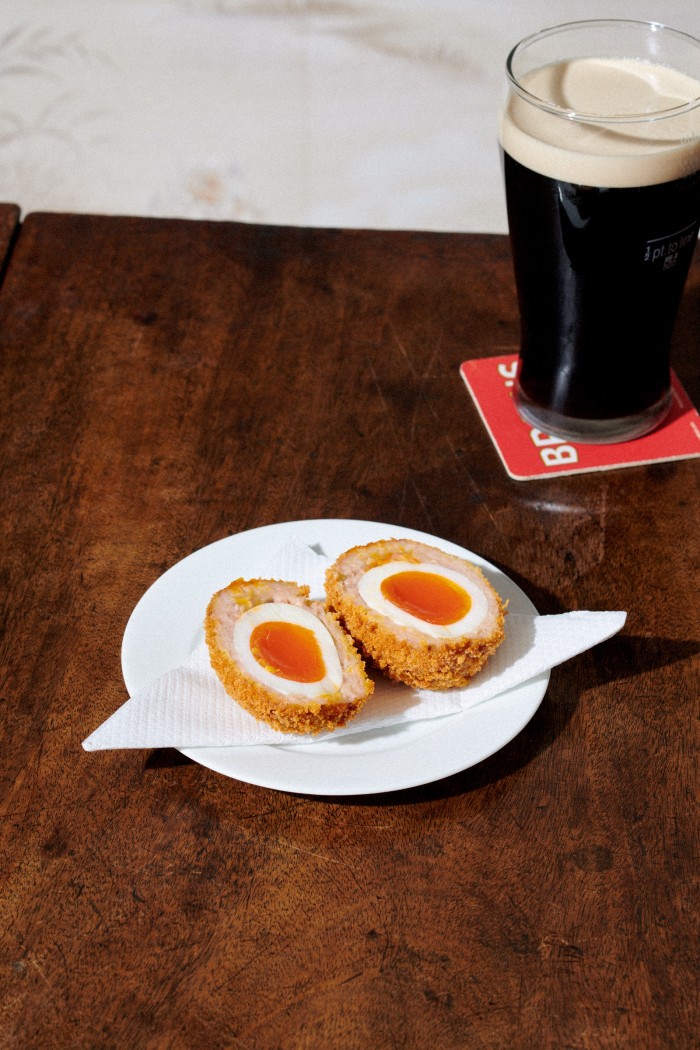A cracking new look at the egg

Roula Khalaf, Editor of the FT, selects her favourite stories in this weekly newsletter.
Do you remember the first time you cracked an egg? Me neither. But American food writer and chef Ruth Reichl does. And it made quite the impression. She was seven years old and attempting to make her first dish – zabaglione, the Italian egg yolk and sugar dessert. This requires not only cracking eggs but separating yolks from whites, a “hypnotic” process that enthralled her. “I was mesmerised by the beauty of those sunny yellow orbs falling from the clear, thick whites,” she recalls. Her bewitchment only deepened when, standing on a chair next to the stove, she whisked them over simmering water and “watched, fascinated, as the yolks foamed and blossomed, turning themselves into a delicious fluff”. Next came meringues (what else to do with all those whites?). Then sauces, omelettes and soufflés. As she branched out to other dishes, it dawned on her how lucky she’d been to start with eggs. “Few other recipes are equally exhilarating,” she notes. “Compared with the alchemy of eggs, everything else is rather boring.”

Her encomium to eggs serves as the foreword to a new book, The Gourmand’s Egg: A Collection of Stories and Recipes (Taschen). It’s the first in a series of books from food and arts journal The Gourmand that will celebrate a single ingredient. If you thought nearly 300 pages devoted to eggs was, well, overegging it, think again. As Reichl makes clear, eggs are anything but dull. And this book delivers a lively, engaging and often funny overview of their rich cultural and culinary significance.
Eggs have come to symbolise everything from purity, fertility and fragility to unrealised potential and the cycle of life. They can be good or bad omens. They can even deliver us from evil. In the book, we’re reminded that an egg is the key component in a prairie oyster, the hangover cure proposed by author PG Wodehouse for his ailing protagonist Bertie Wooster. His version consists of a raw egg, Worcestershire sauce and red pepper. The version from The Savoy Cocktail Book, reproduced here, incorporates a teaspoon of tomato ketchup, black pepper and vinegar. Either seems preferable to Coleridge’s restorative, which amounted to six fried eggs and a glass of laudanum with seltzer.
One chapter looks at the significance of eggs in the household of Gertrude Stein and Alice B Toklas. Another charts the birth of British breakfast television through the prism of the giant yellow eggs installed on the roof of the TV-am studio in Camden in 1983. In a chapter entitled “In Your Face”, we hear from George Eliot on egging as a form of protest. A forceful act that nonetheless feels vaguely comic, it often leaves its victims floundering for a response. Though not Arnold Schwarzenegger. When he was egged during his run for governor of California in 2003, he masterfully quipped: “This guy owes me bacon now.”
From the world of cinema, we get essential references (Paul Newman eating 50 hard-boiled eggs in Cool Hand Luke) alongside the more idiosyncratic (eggs jumping out of their carton and frying on the counter in Ghostbusters). The book also weighs up Alfred Hitchcock’s admission in 1963 that he was terrified of eggs: “Have you ever seen anything more revolting than an egg yolk breaking and spilling its yellow liquid?” He claimed to be frightened of his own movies too, so best to take what he says with a pinch of salt.


From art history, we find eggs by Brâncuși, Warhol and Dalí among others. But what a delight to be introduced to Piero della Francesca’s Brera Madonna (1472-1474), an altarpiece painting in which an ostrich egg hangs suspended from above like a lightbulb over a group of saints and angels gathered around the Virgin Mary and Child. Among the trivia I picked up was how in the parlance of short-order chefs “wrecked” means scrambled and “the reunion” is shorthand for a chicken and egg sandwich.
Perhaps the best example of the wit and verve that pervades this book is found in the way it takes on the perpetual question of which came first, chicken or egg. In an email exchange between chicken@hotbird.com and egg@ovonet.com entitled “Here we go again”, the pair are seen conferring over the best response to provide to a journalist. Their answer, with nods to evolutionary biology and the concept of eternal return, may be the most playful and astute you ever read.
If all this talk of eggs makes you peckish, there’s a compendium of recipes that ranges from breakfast dishes and snacks to mains such as Moroccan kefta mkaouara (spiced egg and meatball tagine) and Ethiopian doro wat (chicken and egg stew). There are also desserts (like île flottante), breads (challah, brioche, Parker House rolls) and cocktails including a recipe for eggnog that reminded me of the first time I ever made that drink, inspired by the movie Trading Places. Denholm Elliott’s version just looked so good.
It’s perhaps a virtue not a failing that when you reach the end of this book you find yourself wondering about the omissions. There’s an excellent recipe for Keralan egg curry. But where is Edwina Currie, the junior health minister whose remarks on salmonella in 1988 caused the British egg market to collapse quicker than an over-baked soufflé? And what about Humpty Dumpty, a critical reappraisal of whom seems long overdue? I mean, on whose mandate did Humpty take up that lofty position? Was he pushed or did he jump? And was Humpty even an “egg” to begin with?
The next book in the series looks at lemons. Planned for next year, it promises plenty of zesty content and pithy editorial. But if you ask me, nothing beats eggs.
Comments